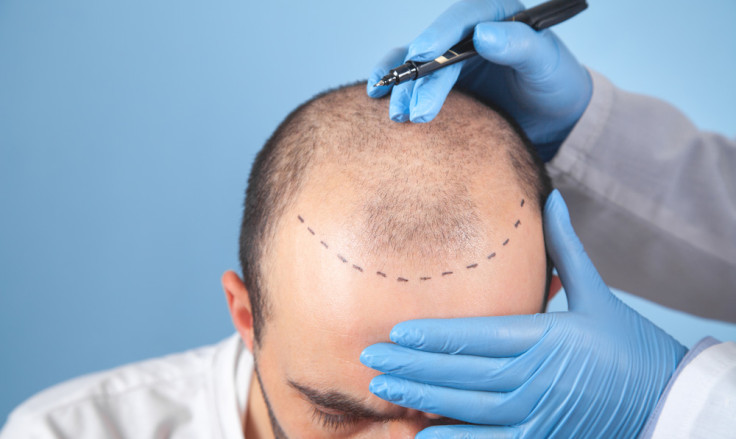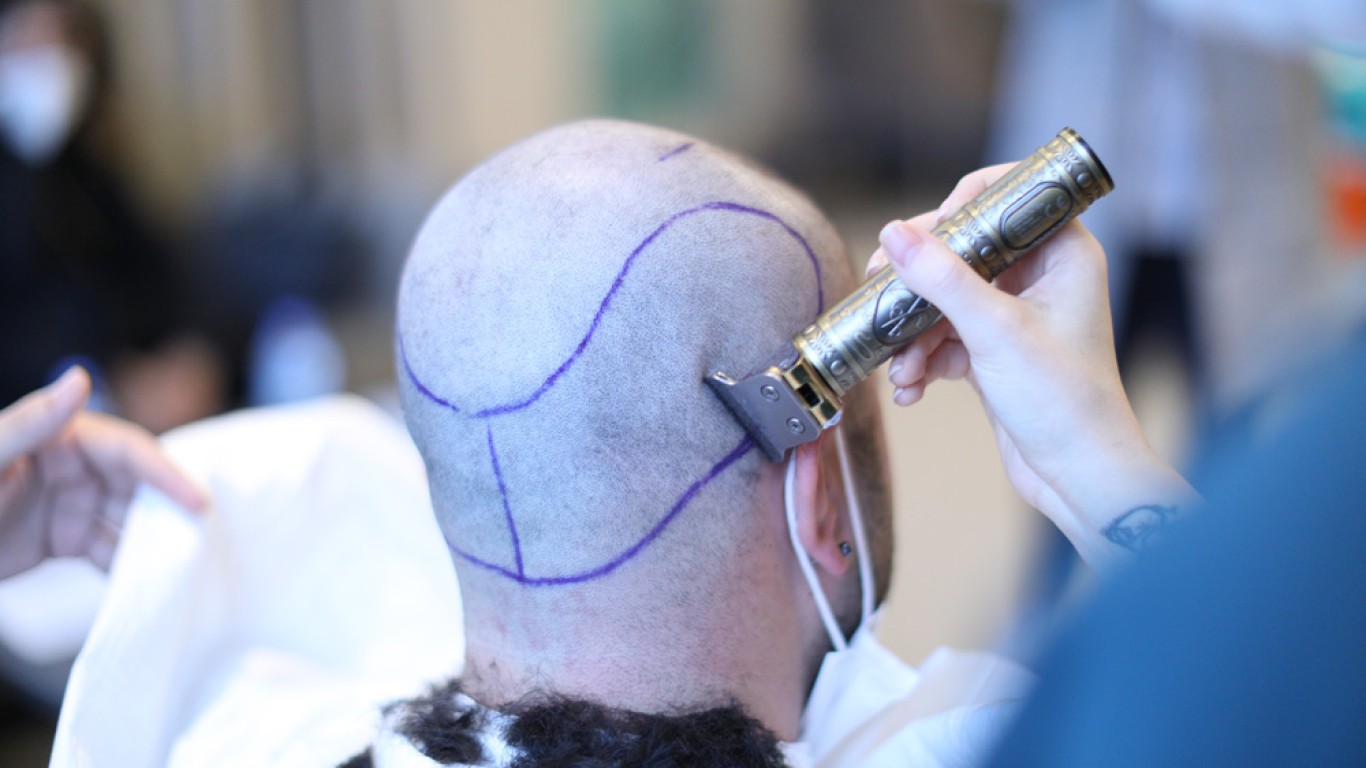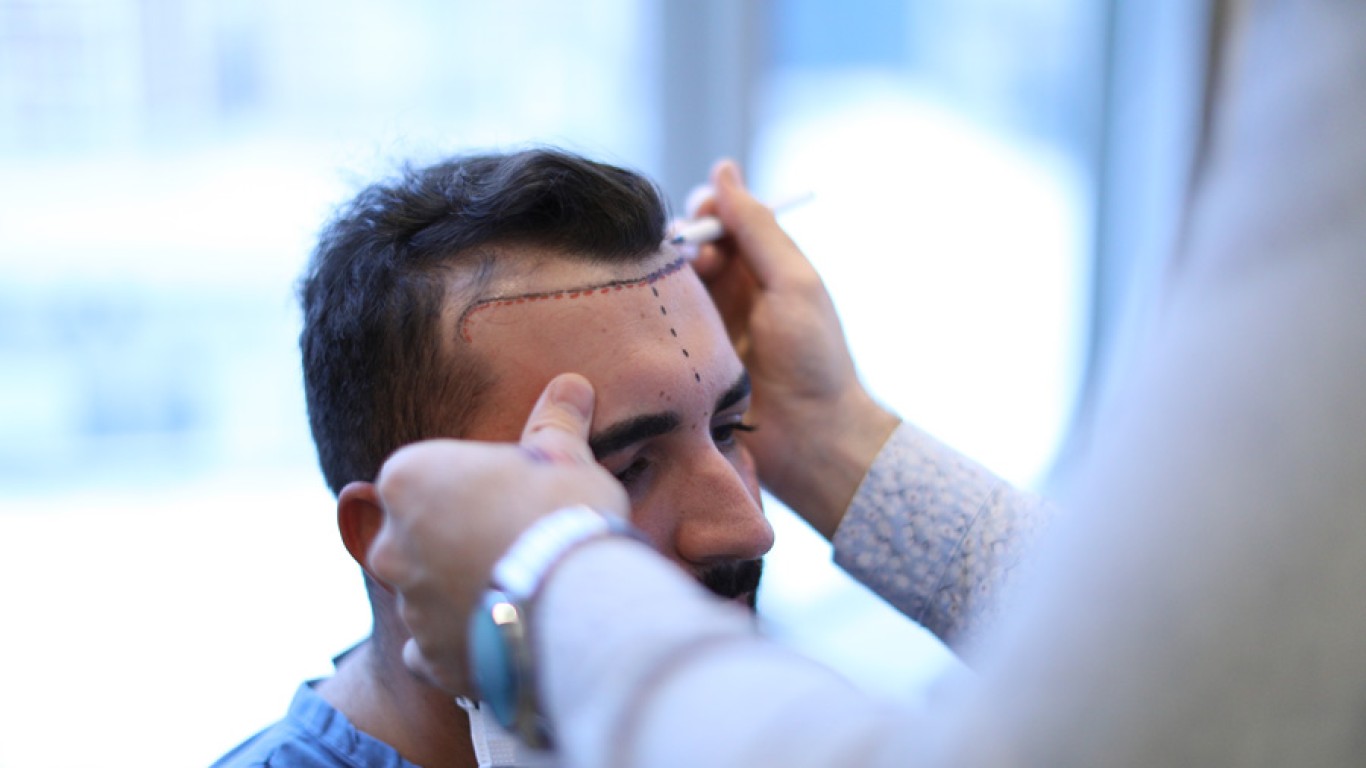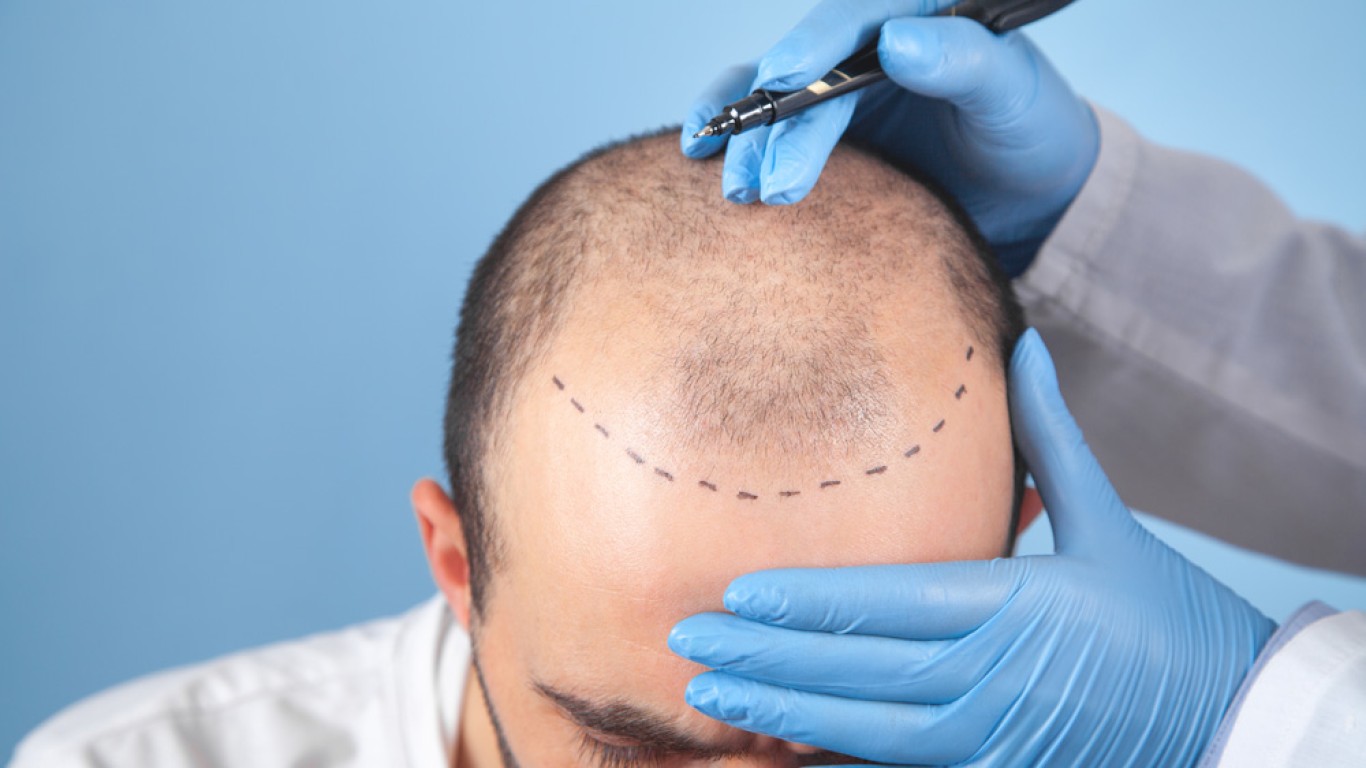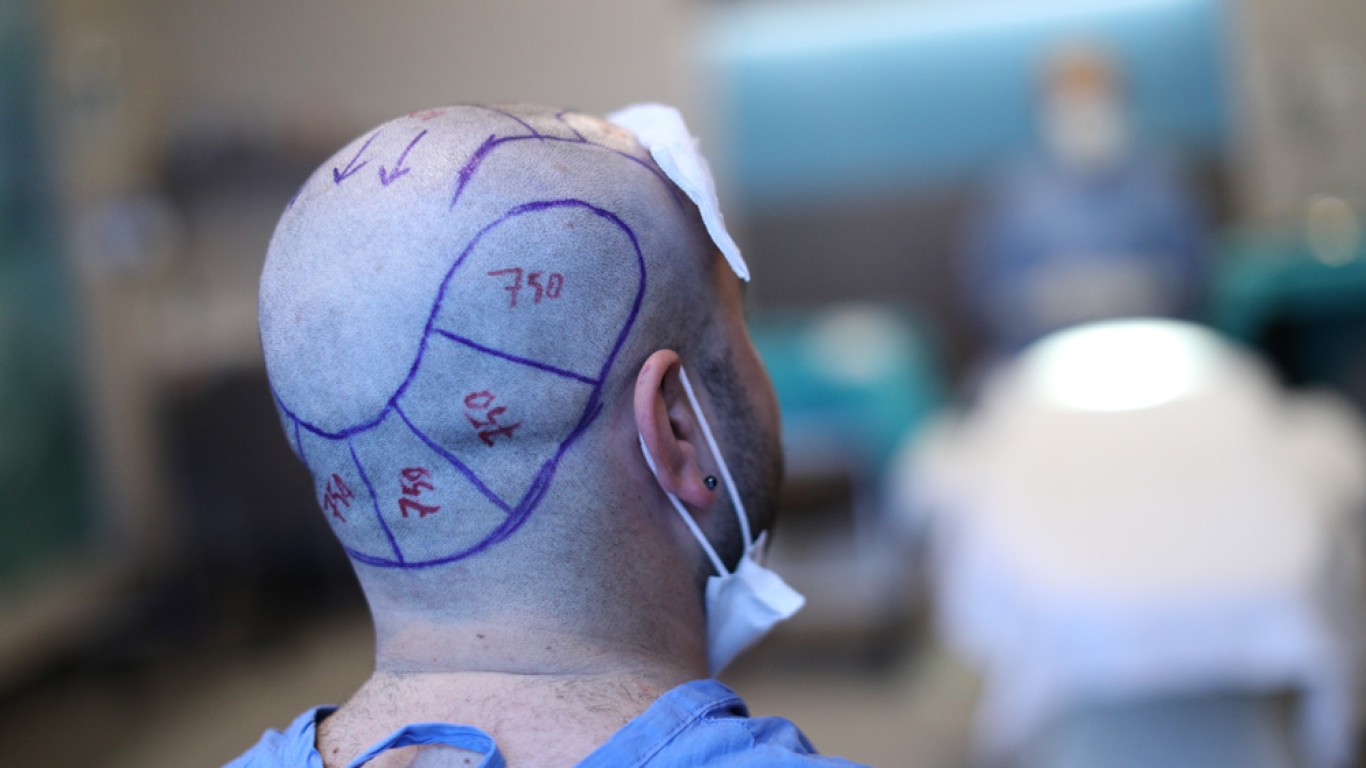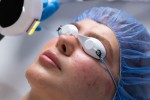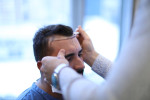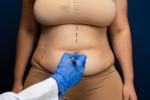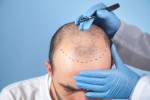Introduction
Follicular Unit Extraction (FUE) is a popular and effective technique for restoring hair. It’s minimally invasive and offers natural-looking results without linear scarring. However, the recovery process plays a major role in the success of your FUE hair transplant. Understanding what to expect after the procedure helps you achieve the best outcome. This article covers five key things you should know after undergoing an FUE Hair Transplant.
What to know about FUE Hair Transplant:
1. Initial Healing Takes a Few Days
Immediately after the transplant, your scalp may feel tender or slightly swollen. This is completely normal. You’ll likely notice small red dots at the graft sites, which fade within several days. Your surgeon might provide pain relief or anti-inflammatory medication to ease discomfort.It’s also important to avoid touching or scratching your scalp. Doing so may dislodge grafts. Most people can return to non-strenuous work within two to five days. However, healing time can vary slightly depending on individual factors.
2. Sleep with Head Elevated to Reduce Swelling
After your FUE Hair Transplant, sleeping with your head raised is essential. Elevating your head helps minimise swelling, especially during the first few nights.You can use multiple pillows or a travel neck pillow to maintain elevation. Avoid lying flat or sleeping on your sides. Doing so might put pressure on the grafts and slow healing. This sleeping position should be maintained for at least three to four days.
3. Hair Shedding Is Normal After the Procedure
One surprising part of recovery is the shedding of newly implanted hairs. This usually happens within two to three weeks after surgery. It’s called “shock loss” and is part of the normal process.Although it may seem concerning, it’s a temporary stage. The hair follicles remain in place and will begin to grow new hair over time. You can expect visible new hair growth to start around the three-month mark.
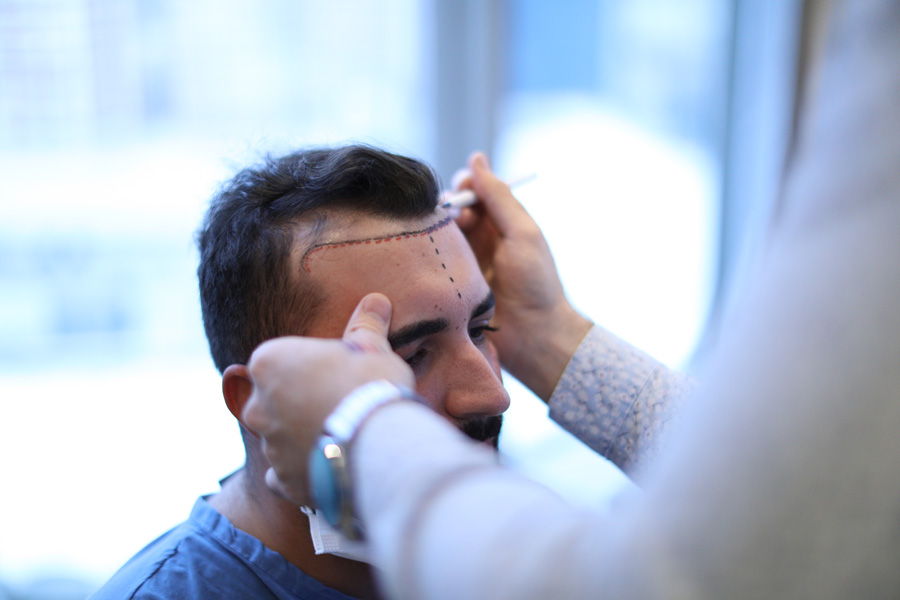
4. Avoid Strenuous Activities for Two Weeks
Exercise and heavy physical activity should be avoided during the early healing phase. Increased blood flow from strenuous movement can interfere with the healing of grafts. Excess sweating might also irritate the scalp and introduce bacteria.Walking and gentle movement are fine, but avoid gym sessions, running or heavy lifting for two weeks. Swimming, particularly in pools or oceans, should also be avoided. Chlorine and salt can irritate your scalp and affect graft survival.
5. Long-Term Results Take Time to Show
It’s important to manage your expectations when it comes to visible results. Hair growth after an FUE Hair Transplant is gradual. The most noticeable results typically appear between six to twelve months post-surgery.Hair will grow in cycles, just like natural hair. Some areas may appear thicker earlier than others. By the one-year mark, you should see full results, with a thicker, more natural hairline.
Proper Hair Washing Is Crucial for FUE Hair Transplant Healing
You’ll be advised to follow a specific washing routine after surgery. This might start 48 to 72 hours post-procedure. Use only the shampoo and conditioner recommended by your clinic. These are typically mild and non-irritating.Gently pour water over your head—do not apply direct pressure. Pat dry with a clean, soft towel. Proper washing removes dried blood and crusts without harming the grafts. Avoid aggressive scrubbing or using hot water.
Follow-Up Appointments Ensure Better Outcomes
Post-op consultations are important. These follow-up appointments help monitor progress and identify any early concerns. Your surgeon will check graft survival and scalp condition. They may also recommend additional care or topical treatments.Consistent follow-ups ensure you stay on track. They also give you peace of mind during recovery. Do not skip these appointments, even if everything feels fine.
Protect Your Scalp from Sun Exposure
Direct sunlight can be harmful to your scalp during the early recovery phase. UV rays may affect healing and damage sensitive skin. If you go outside, wear a loose hat or use sunscreen recommended by your surgeon.Avoid sunbeds and extended sun exposure for at least a month. Protecting your scalp improves both healing and final appearance. Always follow your clinic’s specific advice on sun protection.
Diet and Hydration Support FUE Hair Transplant Recovery
Eating a nutritious diet rich in vitamins and minerals supports your body’s natural healing. Focus on lean proteins, leafy greens, fruits, and whole grains. Hydration is equally important, so drink plenty of water daily.Avoid alcohol and excessive caffeine, as they can interfere with healing. Supplements like biotin or zinc may be suggested, but only take them if approved by your surgeon.
Mental Preparation Is Just as Important
It’s easy to feel impatient during recovery, especially when visible results are delayed. Having realistic expectations helps you stay positive throughout the process. Some days your scalp may feel itchy or tight—this is normal.Practise self-care and focus on gradual progress. Remember that emotional readiness is just as vital as physical healing. Most patients feel more confident and satisfied as their new hair begins to grow.
Conclusion
Recovering from an FUE Hair Transplant is straightforward, but it requires patience and care. By understanding the timeline and following your surgeon’s guidance, you can ensure optimal results. Keep your scalp protected, follow a proper hair care routine and attend all follow-ups.With time, effort and care, you’ll enjoy fuller hair and a renewed sense of confidence.
For more information on hair transplants and to book a consultation visit the ACIBADEM Beauty Center Hair Transplant webpage.
Frequently Asked Questions
Most patients return to daily activities within a few days. Full results appear after 6–12 months.
Yes, but follow your clinic’s instructions. Use gentle products and avoid pressure on the scalp.
Initial shedding is normal. Permanent hair regrowth typically starts at around three months post-surgery.
FUE leaves tiny dot scars that are barely visible and typically covered by hair.
Light activity is fine after two weeks. Always check with your surgeon for personal guidance.
